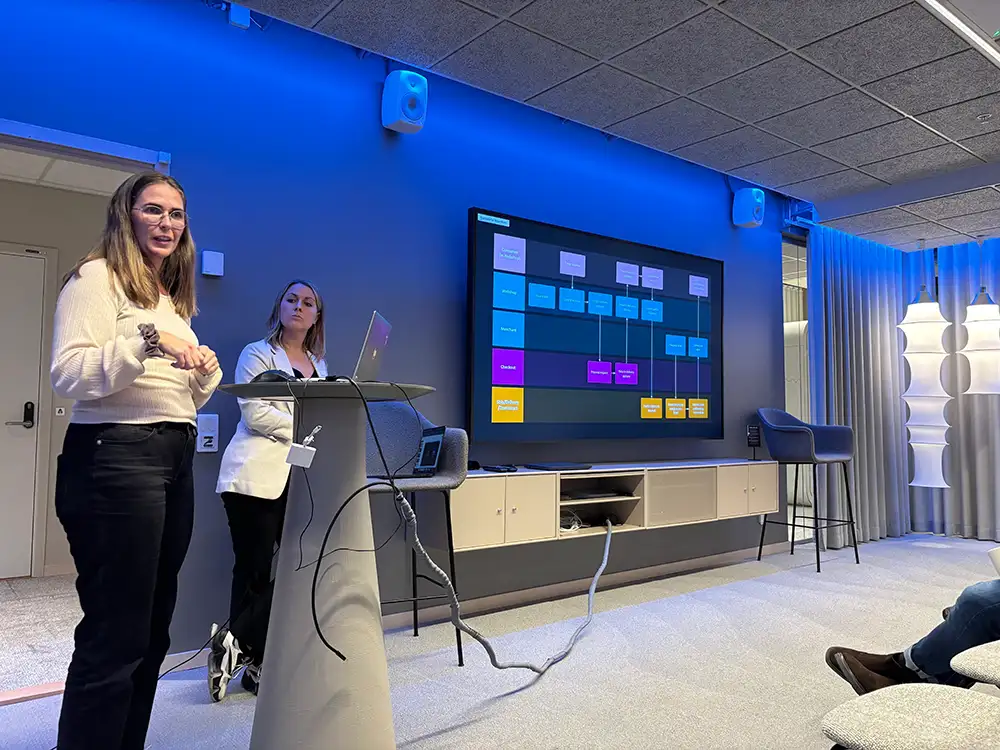
Nowadays, with companies such as ASOS and Amazon offering next-day delivery subscription services, the need for companies to offer rapid delivery is becoming increasingly prevalent. Whilst it may not be possible for smaller businesses to always offer these rapid delivery options, it seems as though customer expectations would suggest they demand a rapid response regardless.
During the pandemic we’ve seen an amplification of this expectation, as customers have become accustomed to ordering parcels to their home, and watching them turn up the next day on their doorstep. This acclimatization to quick dispatching and arrival has changed the landscape of modern delivery services.
In order to gauge how exactly our thinking has changed across the pandemic, we asked 1,000 respondents the question, ‘What is your expectation for how long standard delivery options should take to arrive?’. Considering that this is ‘standard delivery’ not ‘fast delivery’ or a special premium option, the results were relatively shocking.

Think about when you place an online order. What is your expectation for how long standard delivery options should take to arrive?
(Source: Maru, nShift and IMRG Home Delivery Report)
Across one year, we saw a seven-fold increase in the number of people answering ‘same day’ (1.1% to 7.4%) and triple those suggesting ‘next day (including weekends)’ should be standard (6.3% to 17.4%). This is an enormous increase across the space of only one year, and the UK lockdowns are probably to blame for these impatient attitudes. Those suggesting ‘next day’ has also increased, whereas the number of people willing to wait for 2 days, 3 days, 4 days or 5 or more, has actually dropped.
The results of our survey clearly show that customers don’t want to wait for their parcels, and in fact, expect them to turn up almost immediately (same day and next day increasing hugely). As such, having access to a wide range of different carriers enables you to offer convenient delivery options to your customers depending on their preference. However, one point of reassurance is that 3 days still remains the most popular option overall, coming in at just over 30%.
One way in which retailers are driving this fast-delivery, is through bicycle deliveries, and connections to local stores. This omnichannel form of retail unites in-person stores, and online marketplaces. Companies who allow customers to shop online, then receive the item within an hour, or the same day, could be market leaders. Examples of this strategy include Deliveroo and, more recently, Screwfix. This allows customers to connect with companies of all scales, on a more personal, and rapid level.
To conclude, when looking at customer expectations for delivery, they only seem to be aiming for faster and faster times. We expect this trend to increase in future years.
About the author






